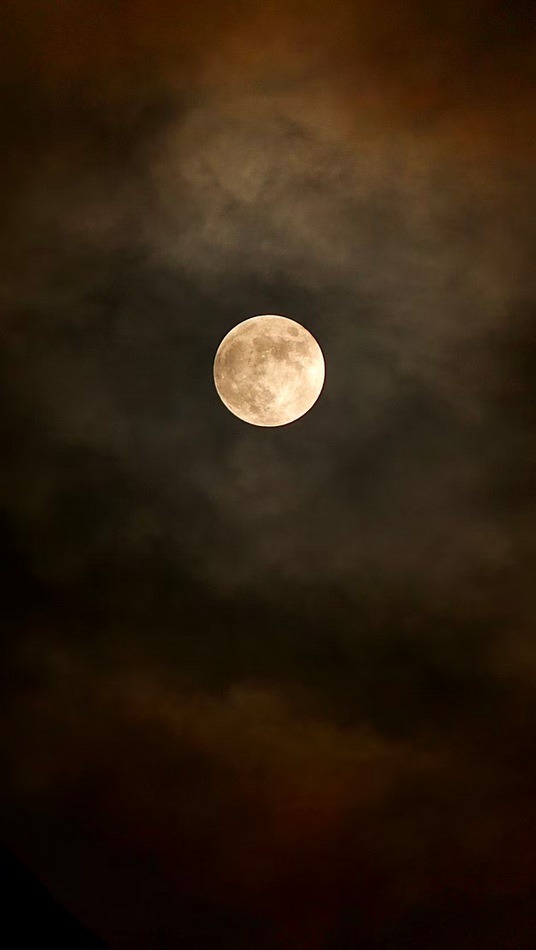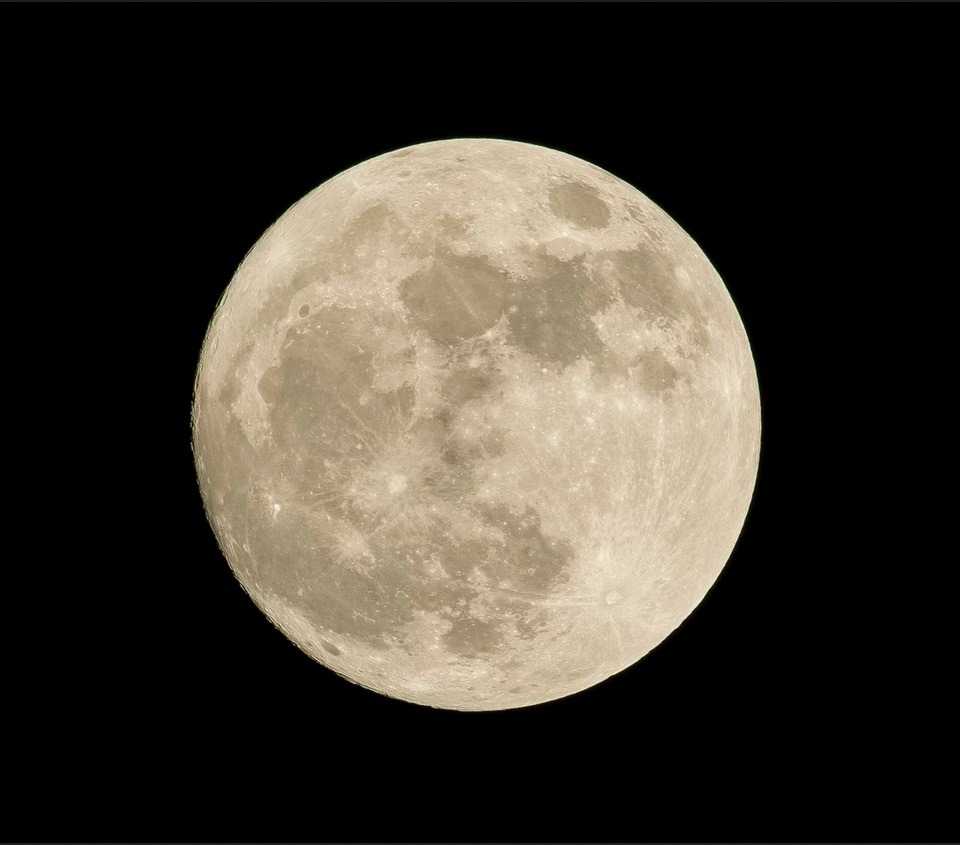A Strawberry Supermoon is a pinkish full moon that occurs when the moon is at its closest approach to Earth. The full moon in June is known as the Strawberry Moon. It is also known as the rose moon or the honeymoon moon. This moon or celestial bodies are visible using high-power binoculars. The moon will be pinkish in color, but that is not why it was given that name. The Algonquin Native American tribe in the northeastern United States and eastern Canada gave the name to describe the region’s short strawberry harvesting season.
While full Moons are known by different names in different cultures, we can all agree that the full Moon in June is a beautiful sight to behold. The Strawberry Moon, which occurs at the end of Spring or the beginning of Summer, gets its name from the time of year when berries ripen. However, the name does not imply that the Moon is red, though it does appear reddish when rising or setting.
Strawberry Moon: Full Moon in June 2022
On Tuesday, June 14, 2022, the full Strawberry Moon will rise. This Strawberry Moon is extra special because it is a supermoon, which appears larger and brighter than a regular full moon. Look to the southeast on the evening of Tuesday, June 14—just after sunset—to see the full Moon rise gently above the horizon. It will appear large and golden in color there.
The Full Moon in June will be at its brightest at 7:52 a.m. On June 14, it will rise above the horizon in Eastern Time, but not until later that night in North American time zones.
A Strawberry Supermoon
This occurs when the moon’s orbit approaches Earth, resulting in a larger, brighter full moon. Any full moon that is at least 90% of perigee, the point at which the Moon is closest to Earth, is considered a supermoon. The Full Moon in June is 222,238.4 miles (357,658 kilometers) away, which is comfortably within the cut-off point.
Why Is It Called The Strawberry Moon?
The Old Farmer’s Almanac gets its full Moon names from a variety of sources, including Native American, Colonial American, and European sources. The names for the full and new Moons were historically used to track the seasons. Moon names are now considered nicknames for the Moon. The Strawberry Moon is the name given to the full moon in June, which is usually the last full Moon of spring or the first of warmer months. In addition, it is also fun to know how the celestial bodies got their name. Despite the emotive A Moon usually appears reddish when it is near to the horizon because light rays must pass through the densest layers of the atmosphere, the origin of the name Strawberry Moon has nothing to do with the Moon’s hue or appearance.
Strawberry Moon is a name given to the ripening of June-bearing strawberries by Native American Algonquin tribes in the northeastern United States, as well as the Ojibwe, Dakota, and Lakota peoples. Berries Ripen Moon, a Haida term, also reflects this natural phenomenon. June is a month of great abundance for many people, as flowers bloom and early fruit ripens.
Alternative June Moon Names
Over time, many cultures have given the 12 full moons that occur each year different names. They are usually not based on a color, but on a popular activity that occurs at that time of year.
Blooming Moon or Anishinaabe signals the start of the flowering season, while Green Corn Moon or Choctaw and Hoer Moon or Western Abenaki signal the start of the harvest season. The Tlingit have used the term Birth Moon to refer to the time when certain animals are born in their region, which is the Pacific Northwest. The Cree terms Egg Laying Moon and Hatching Moon refer to a time when many animal babies are born. The Honey Moon and the Mead Moon are two other European names for this Moon. June has long been associated with marriage, and the month is named after Juno, the Roman goddess of marriage. The honeymoon, which may be linked to this alternate Moon name, follows marriage.
Significance of A Supermoon
While supermoons are not typically associated with astrology, full moons are widely used in the practice. Full moons are studied for prediction, chart progression, and natal chart analysis.
Thinking back many, many years to a time before electricity is an easy way to remember the symbolism of new and full moons. The sky is almost completely dark during new moons; stargazing may have provided some directional information but no meaningful light. There was a sense of mystery and even a threat to the world. Early humans had to exercise caution. Full moons, on the other hand, are larger and more massive than the brightest star in the sky, and they emit so much light that they were frequently used as a gathering point for celebrations and rituals.
Why Is The Strawberry Moon Important In Astrology?
Since the eclipses on the Gemini/Sagittarius axis last year, this is the first full moon in Sagittarius. As a result, this lunation completes the lunar cycle that began on December 4, 2021, with the New Moon Total Solar Eclipse in Sagittarius. It’s significant because it concludes the previous eclipse portal’s final chapter.
Spiritual Meaning Behind Strawberry Moon
As previously stated, the Strawberry Moon refers to the nutritious wild food staple that was only available for a limited time each year. It also corresponds to the Full Moon’s general spiritual significance of enlightenment, illumination, and the setting of new, positive intentions. According to the Old Farmer’s Almanac, other historical nicknames for June’s full moon include Honey Moon, Blooming Moon, and Rose Moon, which are all associated with the sweetness in the air during the early summer months when fragrant gardens are at their peak.
The June Strawberry Supermoon has spiritual significance as well, as the Almanac states that June is a particularly lucky month for marriage. The month of June is named after Juno, the Roman goddess of marriage. The honeymoon, which could refer to the Moon’s alternate name, follows marriage. When delving into the Moon’s full spiritual significance, it’s also important to consider the zodiac sign through which it transits. This Supermoon will occur in the fiery sign of Sagittarius, also known as the Explorer Moon by astronomers.


